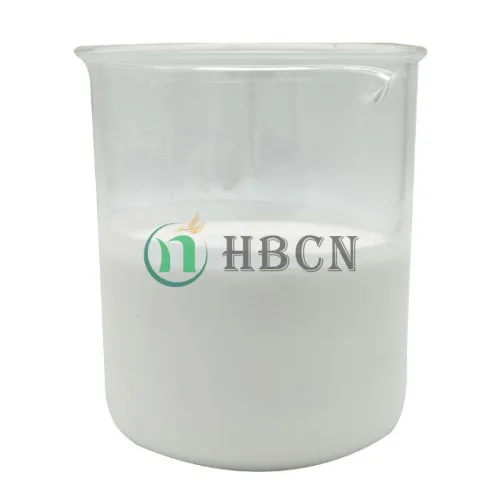
Dec . 05, 2024 14:00 Back to list
Chlorothalonil TM-85 A Comprehensive Overview of Its Uses and Benefits
Chlorothalonil TM-85 An Overview of Its Agrochemical Applications
Chlorothalonil is a broad-spectrum fungicide widely utilized in agricultural practices to control various fungal diseases on crops. With the commercial designation of TM-85, this chemical compound has garnered attention for its effectiveness, versatility, and role in ensuring crop protection and yield enhancement.
Chemical Properties and Mechanism of Action
Chlorothalonil is a member of the family of chloronitriles and has a complex multi-site mode of action. It acts by disrupting the cellular respiration processes of fungi, particularly affecting the electron transport chain, which is critical for ATP production. This disruption inhibits fungal growth and reproduction, thereby preventing the development of diseases that could devastate crops.
The chemical structure of chlorothalonil is notable for its stability under various environmental conditions, contributing to its persistent efficacy in the soil and on plant surfaces. This persistence makes it particularly useful in regions where fungal pathogens are a significant concern throughout the growing season.
Applications in Agriculture
Chlorothalonil TM-85 is primarily employed in the agriculture sector to protect a wide range of crops
. Its applications span several key areas1. Fungal Disease Control TM-85 is effective against various foliar and soil-borne fungal diseases, including but not limited to powdery mildew, leaf spot, and blights. This broad-spectrum action makes it a go-to option for farmers dealing with multiple pathogens.
2. Crops Treated Common crops treated with chlorothalonil include vegetables (such as tomatoes, cucumbers, and peppers), fruits (such as grapes and strawberries), and ornamentals. Its use is crucial in maintaining the health and productivity of these crops, ensuring high yield and quality.
chlorothalonil tm-85 product

3. Preventive and Curative Applications Chlorothalonil can be applied both preventively and curatively. For preventive applications, it is often used as part of a spray program at specific growth stages to inhibit disease establishment. For curative purposes, it can be utilized to manage existing infections, although the success may depend on the timing and severity of the outbreak.
Environmental and Safety Considerations
While chlorothalonil is valued for its effectiveness, it is essential to consider the environmental and human health implications associated with its use. Chlorothalonil has been flagged for its potential environmental persistence, leading to concerns about its impact on non-target organisms, such as beneficial insects and aquatic life. Proper management practices, including the use of integrated pest management (IPM) strategies and adherence to recommended application rates, are vital to minimize these risks.
Regulatory agencies, including the Environmental Protection Agency (EPA) in the United States, have established guidelines to ensure the safe use of chlorothalonil. Farmers and applicators must comply with these regulations, including using appropriate protective equipment during application and following pre-harvest intervals to safeguard consumer health.
Alternative Solutions and Integrated Approaches
In response to increasing concerns about fungicide resistance and environmental impact, many agricultural stakeholders are exploring integrated approaches to disease management. This includes the use of resistant crop varieties, biological control agents, and cultural practices aimed at reducing disease pressure. While chlorothalonil TM-85 remains a valuable tool in the fungicide arsenal, integrating it with other strategies enhances its effectiveness and sustainability.
Conclusion
In conclusion, chlorothalonil TM-85 is a critical fungicide in modern agriculture, providing robust protection against a range of fungal diseases. Its chemical properties, multifaceted applications, and joint reliance with sustainable agricultural practices underscore its significance. However, as with any agrochemical, prudent use practices and a commitment to environmental stewardship are essential to ensure that chlorothalonil TM-85 can continue to serve as a reliable resource for crop protection in the future. As agricultural science progresses, staying informed about advancements and alternative management strategies will be key for farmers and agronomists alike.
-
Azoxystrobin: Broad-Spectrum Fungicide Solutions
NewsAug.11,2025
-
Best EPA Boscalid: Superior Crop Fungicide for Max Yields
NewsAug.11,2025
-
Best Willowood Imidacloprid: Superior Pest Control Solutions
NewsAug.10,2025
-
Best EPA Boscalid Fungicide: Ultimate Crop Protection
NewsAug.09,2025
-
Cyprodinil Fungicide: Broad-Spectrum Crop Protection
NewsAug.08,2025
-
Tembotrione Herbicide: Advanced 8% OD for Broad Spectrum
NewsAug.07,2025
